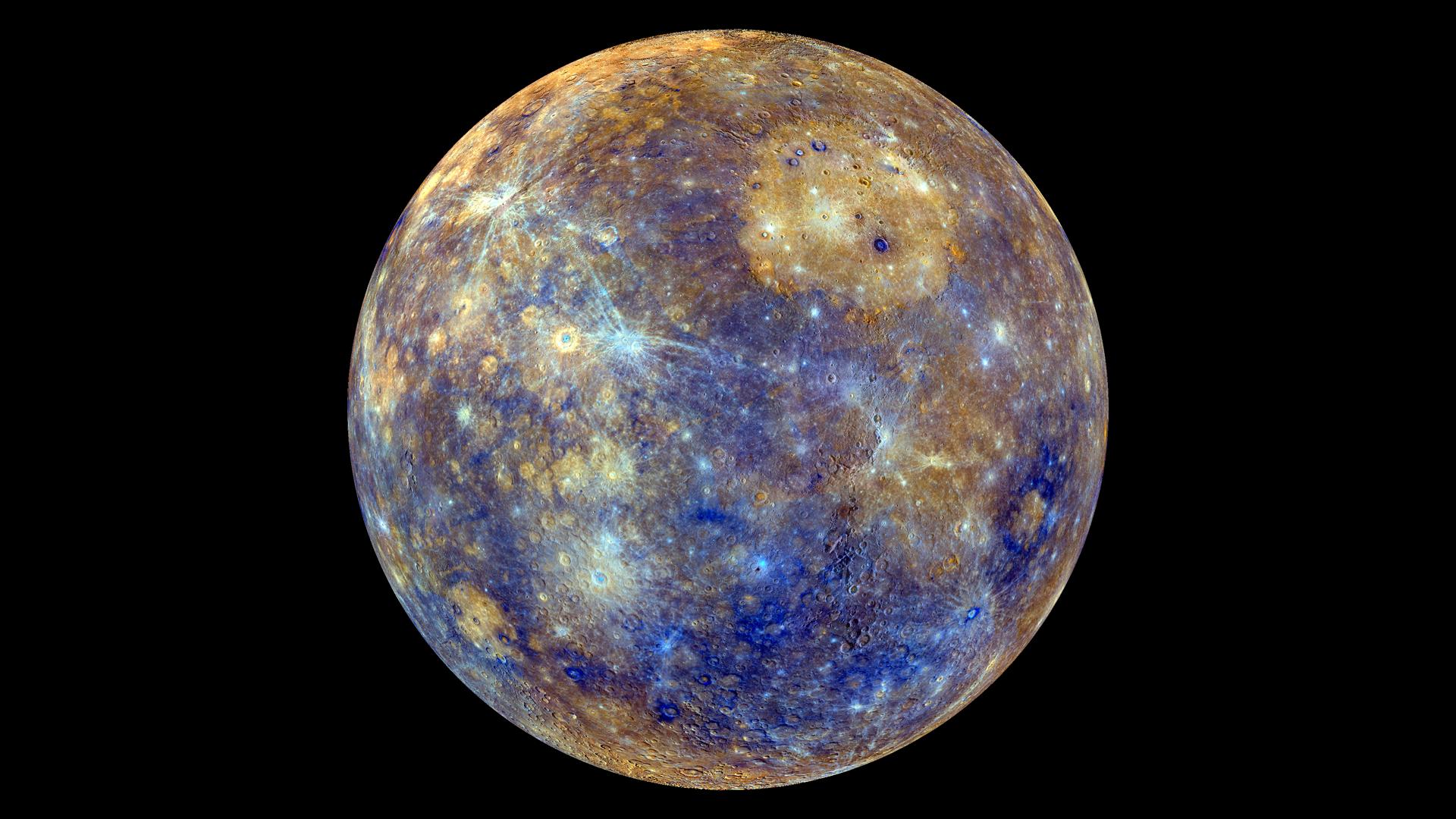People are freaking out about ‘Mercury in retrograde.’ This is what’s really going on
First, all planets and objects in our solar system go through a period of retrograde — it’s not just Mercury

Mercury has entered retrograde — pretty neat for sky-watchers but terrible for everyone else. At least that’s what astrology will tell you.
It’s been blamed for a lost Japanese satellite, sporadic Twitter and Facebook outages (as if this doesn’t already happen every day) and countless at-work gaffes and relationship debacles. The International Business Times wrote a story on “how to survive its weird power.” There are a gazillion self-help infographics out there on how you should approach the bad-news phenomenon. (Think Zen.)
According to astrologists, Mercury retrograde negatively affects communications, technology, business and travel. The Internet is telling you to not sign any contracts or important documents during #MercuryRetrograde. Don’t go on a first date. Don’t make major purchases.
Basically, this event can be blamed for any bad or inconvenient thing you come across, so just drop everything. Put your life on hold. It will all be over soon.
Except, Mercury goes into retrograde three or four times a year, so you’ll be spending a lot of your life “standing still.”
To be completely honest, I didn’t know about this whole, terrible Mercury retrograde thing until my video producer said we should team up to help people understand what’s actually going on up there. Because, despite how you may feel here on Earth, there’s a lot of actual science behind this one. Check out the video at the top of this page!
First, all planets and objects in our solar system go through a period of retrograde — it’s not just Mercury. Mars is a particularly popular retrograde because 1) it only happens once every two years and 2) you can actually see it happen in the night sky.
On average, planets move across our sky from west to east. Retrograde is when the planets appear to be moving in the opposite direction, from east to west. Which is why astronomers call it “apparent retrograde motion” — it’s not that the planets themselves have changed direction, they just look like they’re going a different way from our vantage point on Earth.
Imagine you’re driving down the highway in your little red Corvette. We will call you Earth. You’re speeding along in the passing lane while the other planets, like Mars and Jupiter, are taking it easy in the slow lane. The moment you pass those other planet-cars is when retrograde happens.

During this time, the planet appears to slow down and reverse. The pattern it traces out in the sky can look like a giant loop-di-loop or squiggle.
Mercury is special. Since the planet is much closer to the sun than Earth, its orbital speed is much faster. It can complete an orbit around the sun in just 88 Earth days. That also means that it will appear to go into retrograde multiple times per year (every 3.8 months, to be exact), and its time in retrograde phase is the shortest of all the planets (approximately 21 days).
Even more interesting, if you were to stand on Mercury on certain days, you would actually see the sun retrograde in the sky. It would rise and then reverse and set, and then rise again all within the same day. This also is caused by Mercury’s speedy orbit — the planet is trekking around the sun faster than it’s spinning on its axis.
Some really neat physics going on here. But I promise, retrograding of any kind doesn’t bode anything for your life.
Copyright Washington Post
Join our commenting forum
Join thought-provoking conversations, follow other Independent readers and see their replies
Comments